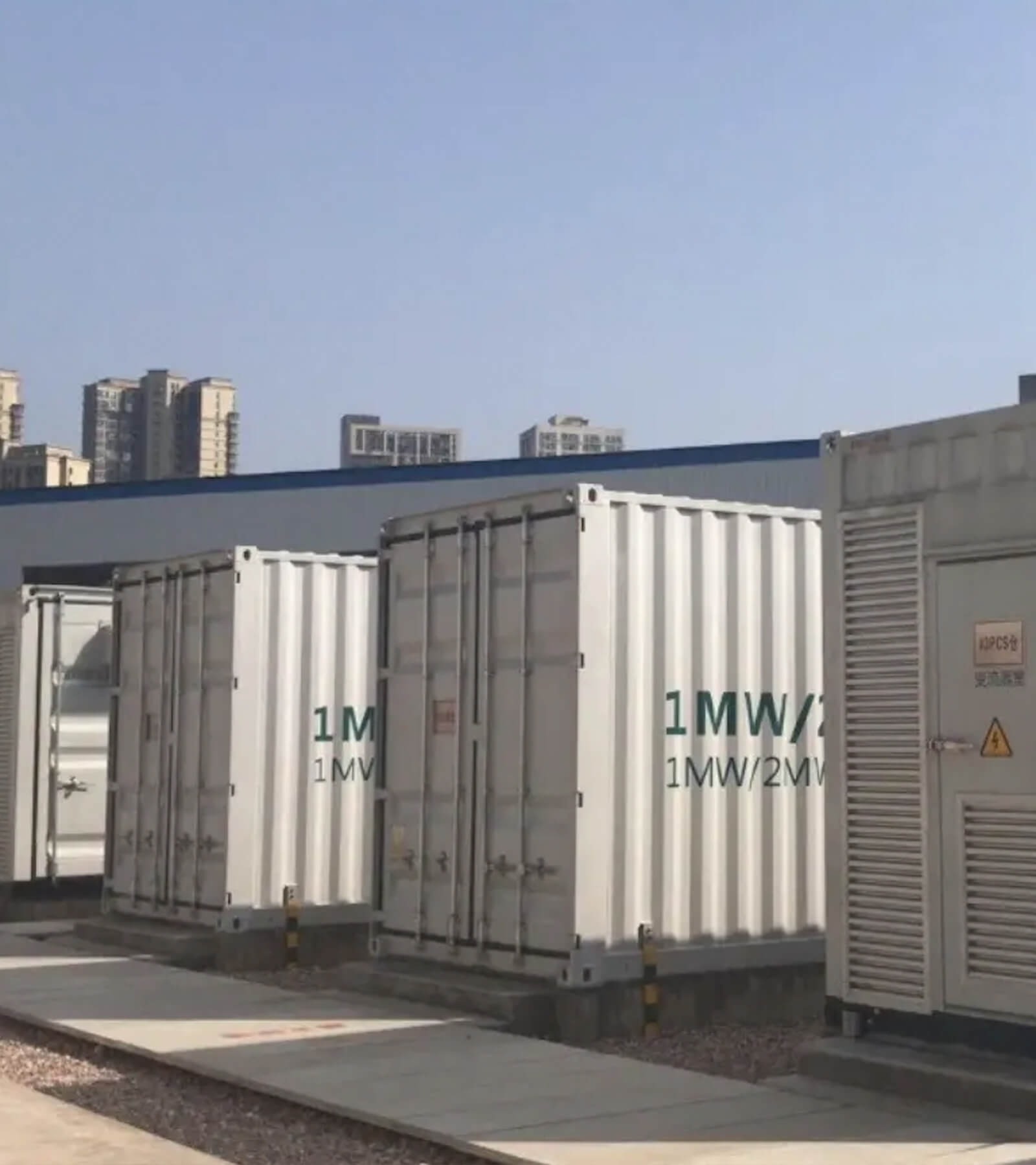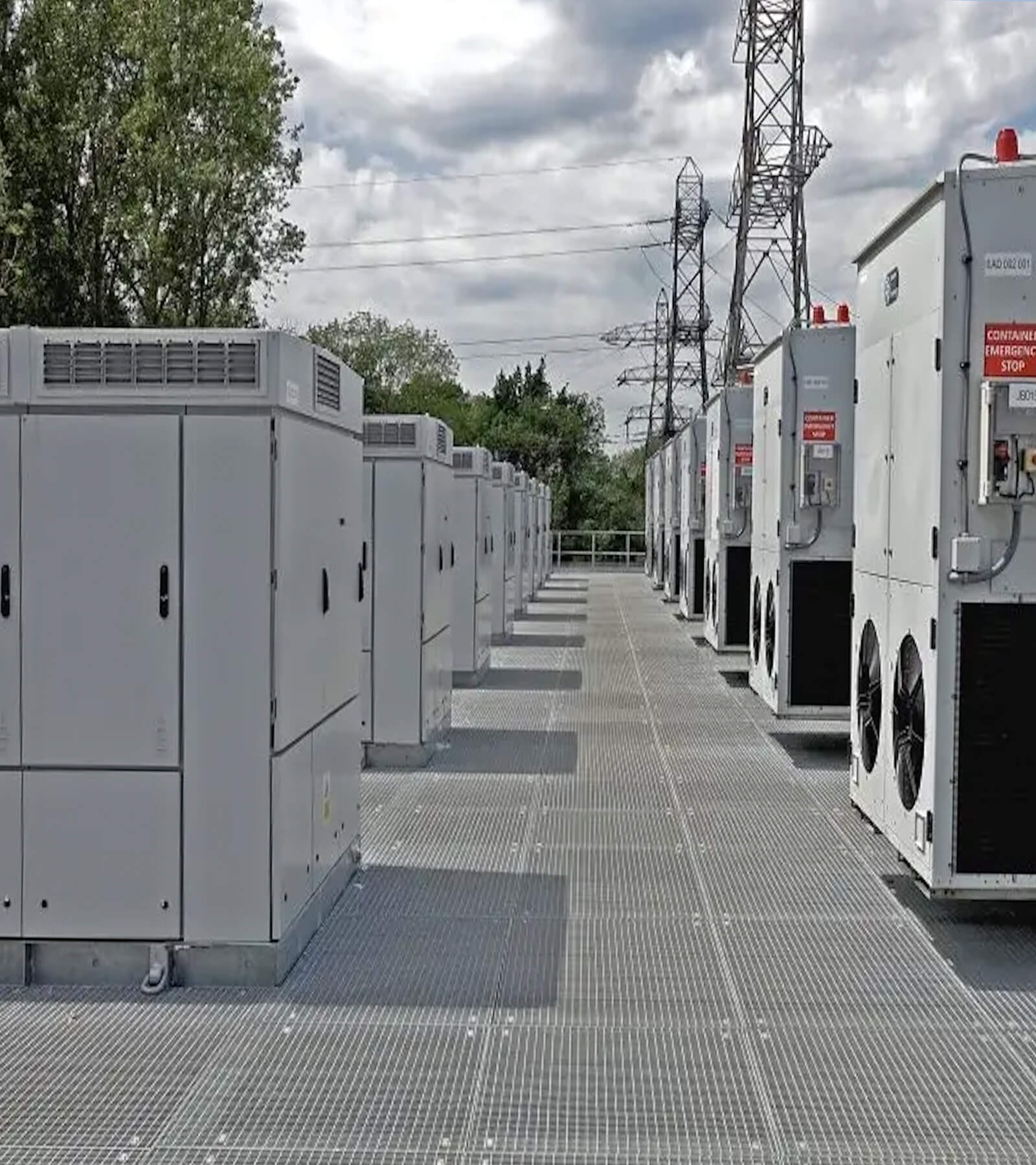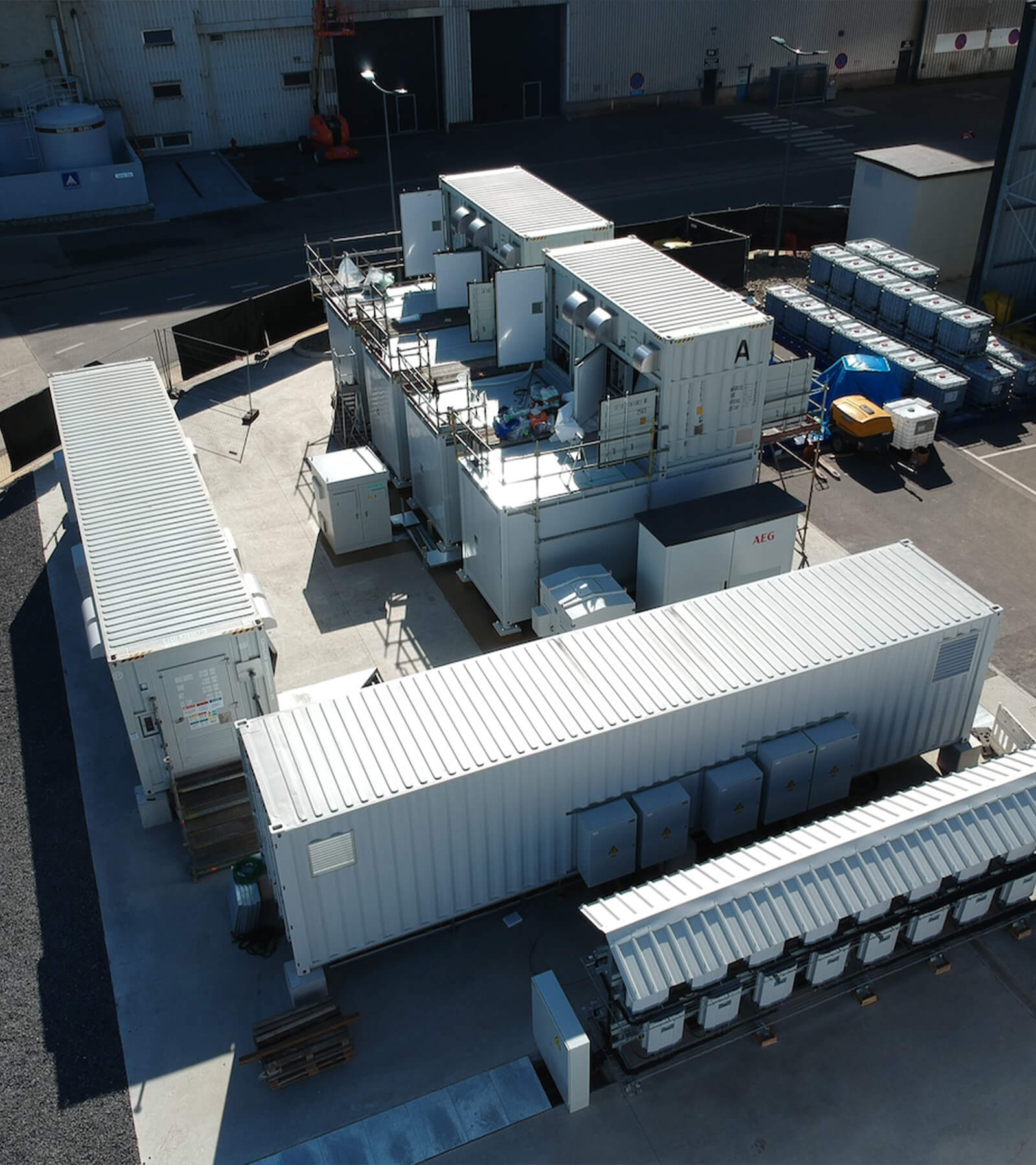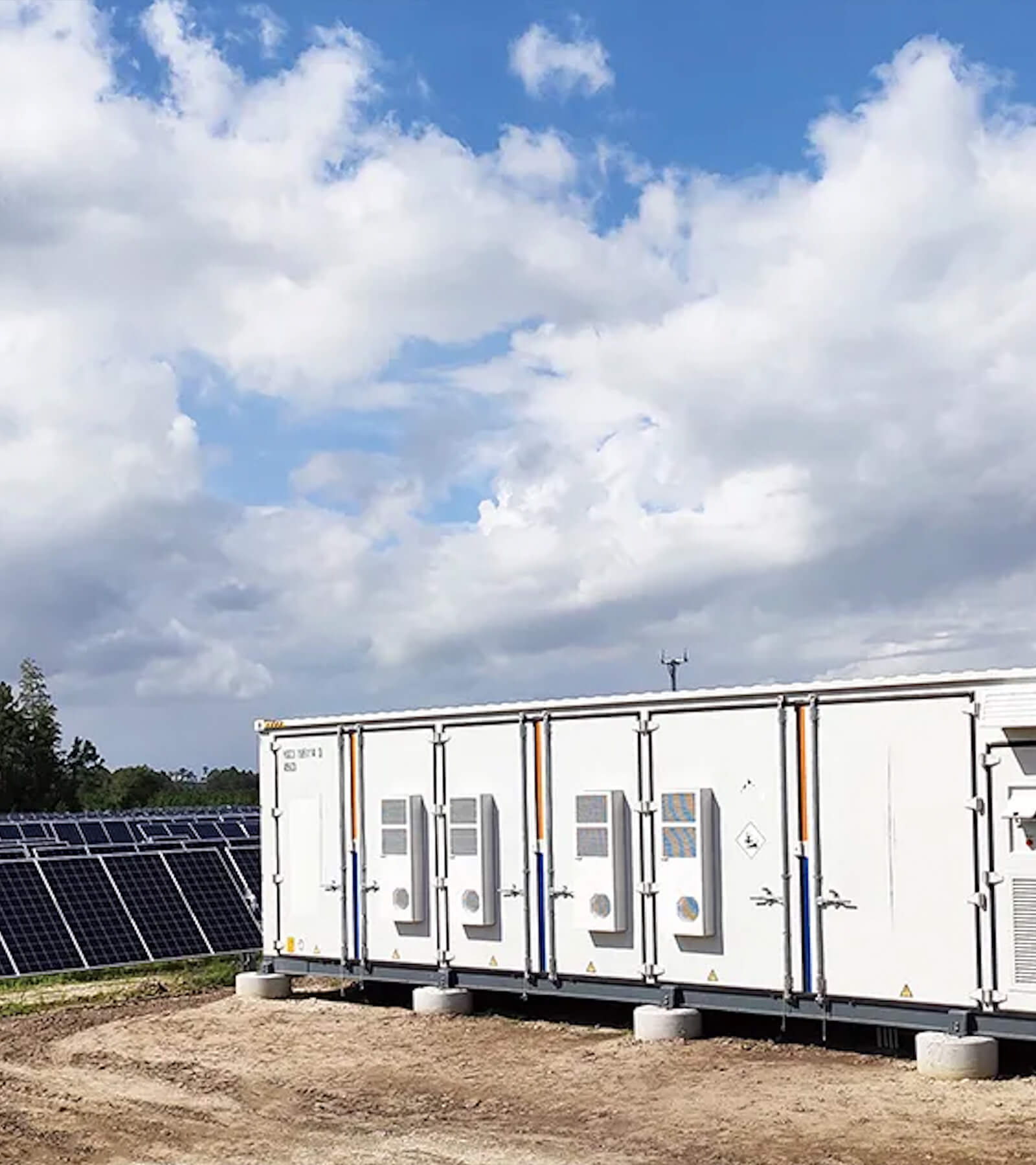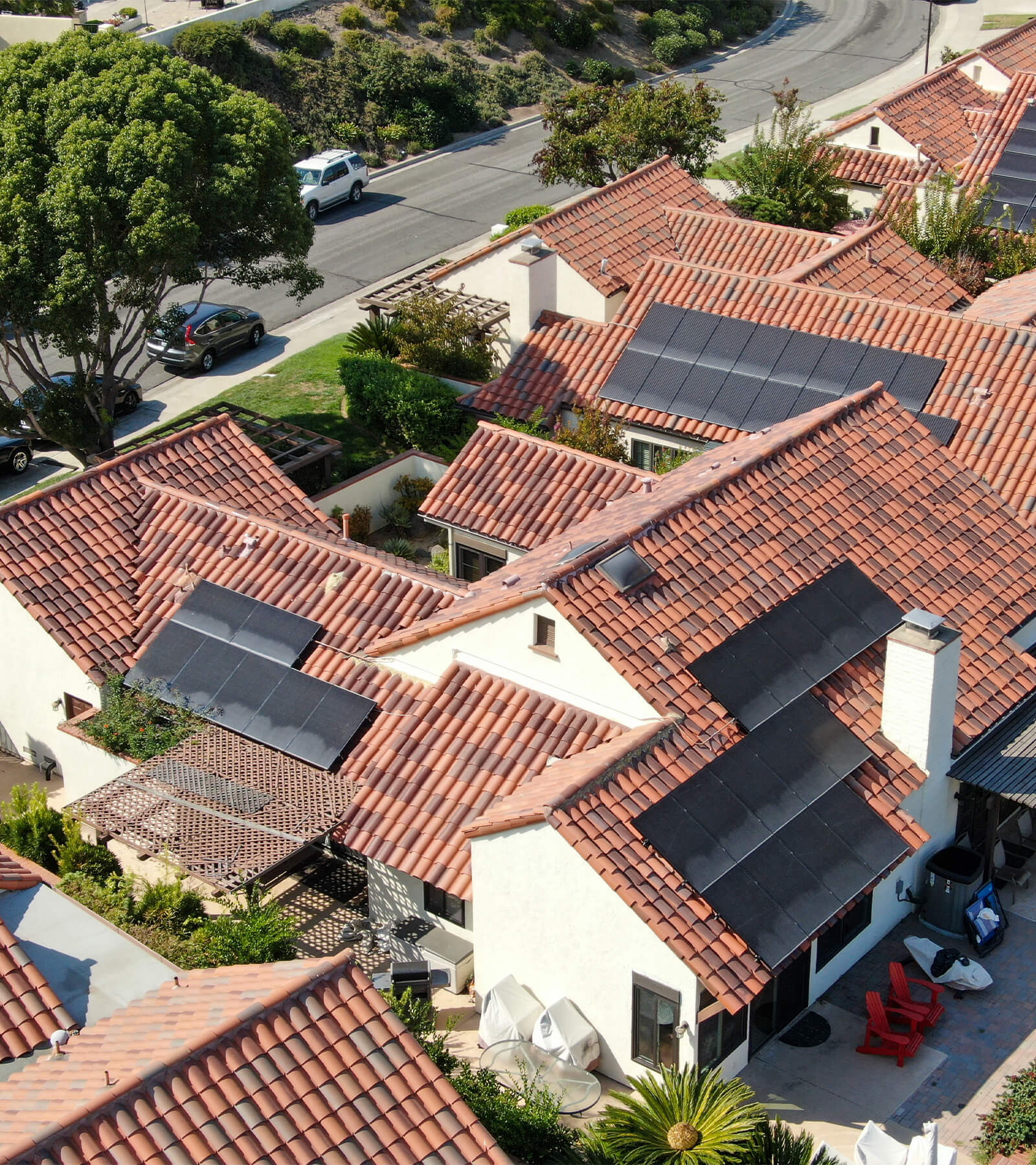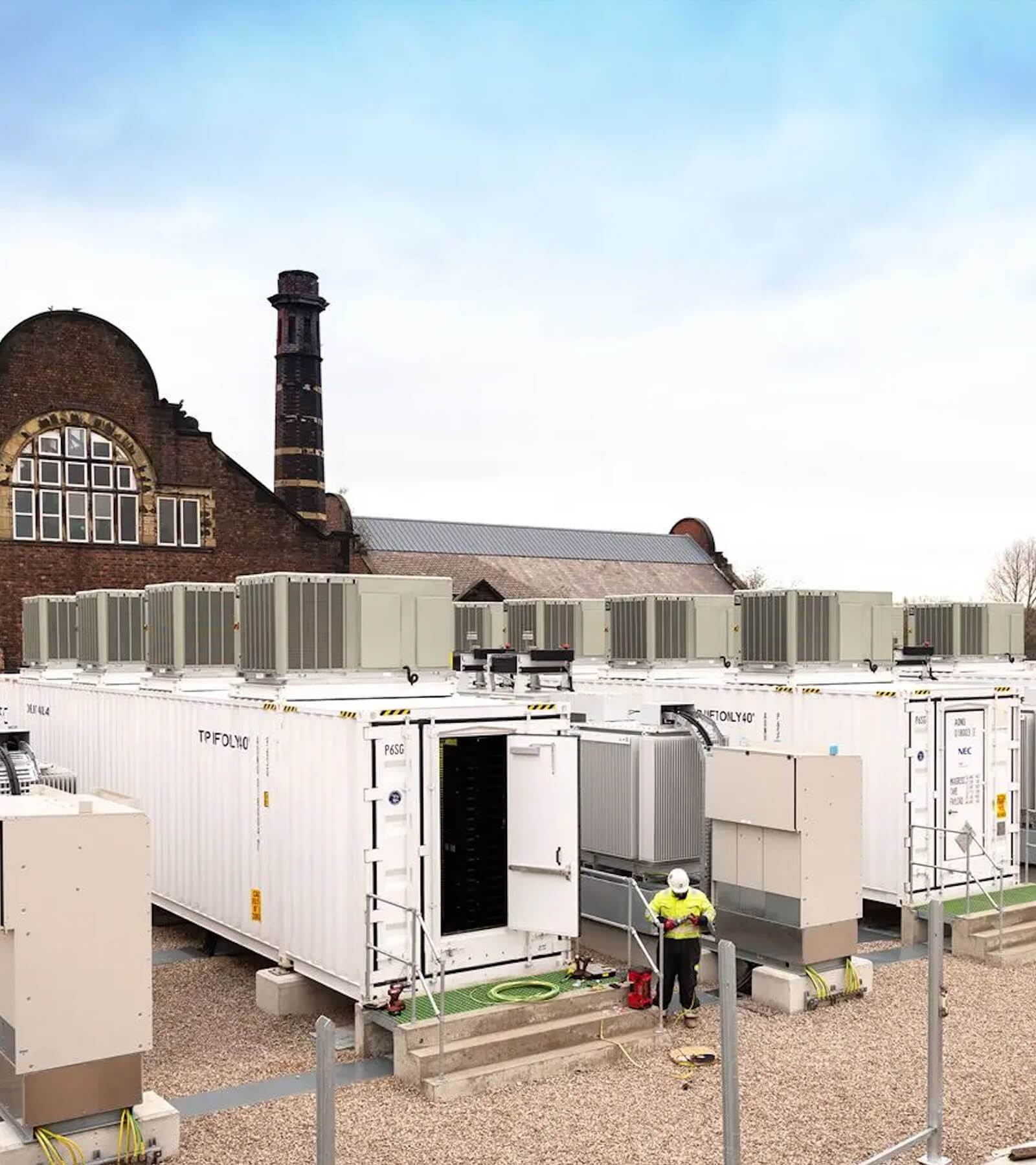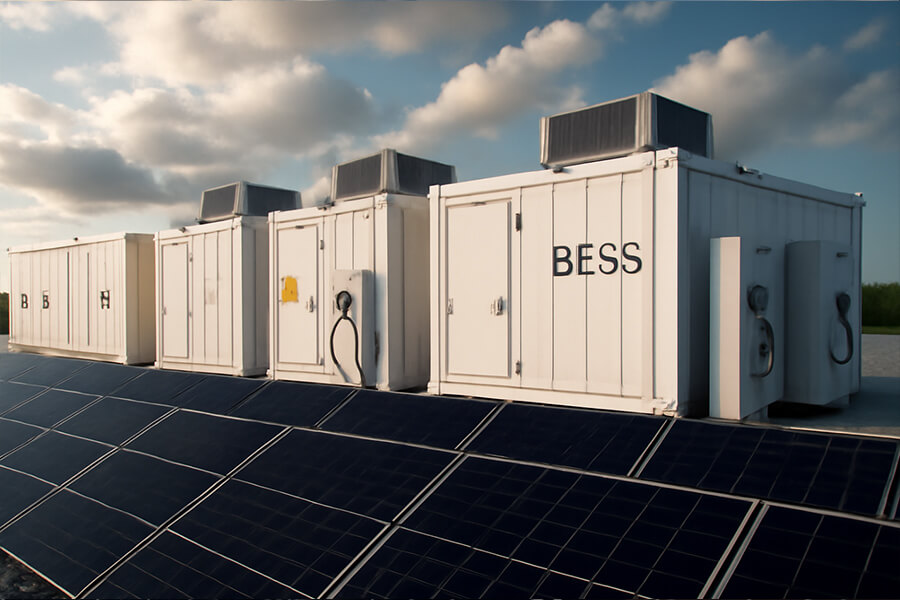Stuck powering pumps at decommissioned sites? Forget cursed grid extensions! BESS Container Brownfield Remediation is 2025’s game-changer: mobile battery containers + solar deliver reliable, off-grid juice for soil/water cleanup. Slash costs by 60%, dodge hazards, and turn toxic “exes” into community assets—no cape required. Maxbo Solar’s tech included—because even superheroes need sidekicks.
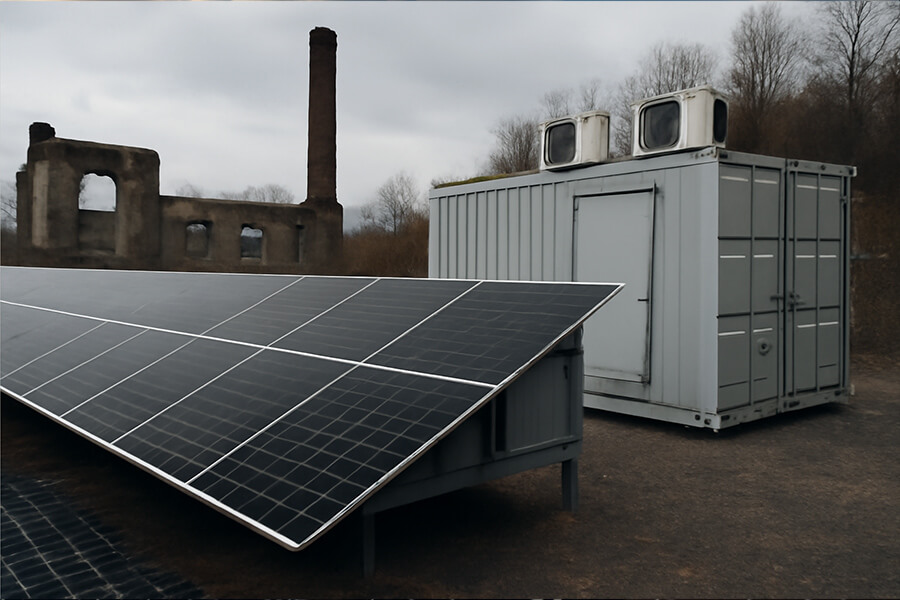
The Ghost Town Dilemma
Picture this: You’re staring at a decommissioned factory site. It’s the industrial equivalent of a bad breakup—abandoned, littered with toxic baggage (hello, lead-laced soil and benzene-laced groundwater!), and utterly ghosted by the grid. These brownfields aren’t just eyesores; they’re zombie industrial parks: shambling reminders of the past, groaning for resurrection. But fear not! In 2025, our cleanup crews have a superhero duo on speed dial: off-grid BESS containers and solar power. No capes required—just pure, unadulterated battery muscle.
The Scale of the Problem (Spoiler: It’s Ghoulish)
Officially dubbed “brownfields” by the U.S. EPA, these sites range from shuttered gas stations to sprawling mines and chemical graveyards. Think Silent Hill minus the fog—just pure contamination chaos. The core issue? Power access is harder to find than a polite debate on Twitter.
| Brownfield Stats (U.S. Focus) | The Grid Connection Nightmare |
|---|---|
| • 450,000+ sites needing cleanup (EPA, 2023) | • Grid hookups cost 500k–2M/site (NREL, 2024) |
| • 60% are in “remote or hazardous” zones (EPA) | • Takes 6–18 months for permits & infrastructure |
| • Remediation delays cost the U.S. $300B/year in lost economic potential (Brookings, 2024) | • Diesel generators? $200/day in fuel + CO₂ guilt-trip |
Why 2025’s Cleanup Crews Are Over the Grid’s Drama
Trying to power groundwater pumps or IoT sensors at these sites with traditional grid power? That’s like asking a vampire to install your solar panels. Between explosive methane pockets, asbestos confetti, and locations so remote that GPS shrugs, it’s a miracle anything gets cleaned up.
But here’s the plot twist: BESS containers paired with solar aren’t just a backup plan—they’re the Swiss Army knife of off-grid power. Mobile, self-sufficient, and tougher than a tax auditor, they’re turning brownfield remediation from a horror story into a renewable-energy redemption arc.
(Transition tease for next section: “So how do these battery-powered heroes actually slay the grid dragon? Let’s dive into the tech that’s making ‘powerless’ sites a thing of the past…”)
The Problem: Why Power Access is a Nightmare on Elm Street (or Any Industrial Street)
Let’s be real—trying to plug in a submersible pump or sensor at these sites is like demanding Wi-Fi in the Sahara. Expensive, frustrating, and likely involving cursed cables older than your intern. But unlike a desert mirage, the stakes are terrifyingly real: no power, no cleanup. Here’s why 2025’s remediation teams lose sleep over three monstrous challenges:
The Triad of Terror: Remoteness, Hazards & Wallet Massacres
| Challenge | Nightmare Fuel | Real-World Example |
|---|---|---|
| Remoteness | • 35% of U.S. brownfields are in “grid-dark” zones (e.g., Nevada mines, Alaskan oil fields) • Grid extensions: 1.2M–4M/site (NREL 2024) |
Abandoned copper mine in Arizona: Nearest substation? 82 miles away. |
| Hazards | • Explosive methane, corrosive chemicals, radioactive “surprises” • OSHA reports 14% spike in energy-related incidents at brownfields (2023–2024) |
Former gas plant in Ohio: Sparks = spontaneous fireworks show 💥. |
| Cost Calamity | • Diesel generators: 200–500/day in fuel + 15k/day** in stalled projects (EPA 2024) | Texas refinery site: Grid waitlist = 22 months. |
Remediation’s Power-Hungry Demons (That Diesel Can’t Exorcise)
Your average brownfield cleanup isn’t running a desk lamp—it’s feeding energy vampires:
- Submersible pumps (groundwater treatment): 5–30 kW continuous, 24/7 runtime.
- Air sparging systems (soil detox): 10–50 kW bursts, like a treadmill for contaminants.
- Real-time sensors (VOC monitors, pH trackers): 0.1–2 kW but zero tolerance for downtime.
Case in point: Brooklyn’s Gowanus Canal cleanup (EPA Superfund) stalled for 11 months in 2022 when grid failures disrupted ozone injection systems. Result? $4.3M in overruns and angry hipsters.
The Domino Effect of Power Failures: Billions in the Dirt
When the lights go out, so does hope:
- Environmental decay accelerates: Contaminants migrate 2.3x faster without active remediation (Journal of Hazardous Materials, 2024).
- Economic toll: U.S. loses $300B/year in redevelopment opportunities (Brookings 2024).
- Health impacts: Delayed cleanups = prolonged exposure to carcinogens. (See: 6,000+ leukemia clusters near stalled sites per CDC 2023).
Translation: Relying on grid/diesel for brownfield remediation is like using a straw to bail out the Titanic—you’re gonna need a bigger battery.
(Tease for next section: “Enter the BESS-solar cavalry—turning power nightmares into renewable-powered redemption arcs…”)
The Solution: Enter the BESS-Solar Dream Team—No Grid, No Problem
Cue the BESS container: it’s a power bank on steroids, paired with solar panels that soak up sun like a beach bum on spring break. Together, they’re the off-grid Avengers—no grid invitation needed to crash the remediation party.
BESS Containers: Your Mobile Power Fortress
Battery Energy Storage Systems (BESS) are 40-ft shipping containers packed with lithium-ion muscle (think Tesla Megapack or Fluence’s Cube). They store 500 kWh–4 MWh of energy, delivering instant power for:
- Pump armies: Grundfos submersibles (5–50 kW) for groundwater dewatering.
- Ozone assassins: Water treatment systems (e.g., Xylem’s Ozonia) zapping contaminants.
- IoT spies: Real-time VOC/PH sensors (0.5–2 kW) with satellite comms.
Solar Integration: PV arrays (100–500 kW) feed the BESS by day; batteries discharge 24/7. 2025’s AI brain (e.g., Stem Inc.’s Athena) optimizes every electron—slashing waste by 25% (Stem 2024).
Why This Duo Owns the Off-Grid Arena
| Benefit | Impact | Data Punch |
|---|---|---|
| Cost Slayer | Avoids 1M 200/day | 60% lower costs vs. grid/diesel (IEA 2024) |
| Reliability | Operates at -30°C (Alberta oil sands) or 50°C (Arizona mines) | 99.8% uptime in extreme sites (Fluence 2025) |
| Eco-Warrior | Zero emissions vs. diesel’s 1.5 tons CO₂/week | Aligns with Paris Agreement 2030 targets (UNFCCC 2024) |
Real-World Wins: From Zombie Sites to Community Gems
Case 1: Ruhr Valley, Germany (2024)
- Challenge: Soil vapor extraction at a steel mill brownfield needed 80 kW continuous power—grid too costly.
- Solution: BESS-solar hybrid (200 kW PV + 1 MWh Fluence) + AI management.
- Result: 40% cost cut, 24/7 ops, site now a solar farm (STEAG 2024).
Case 2: Pilbara Mine, Australia (2023–2025)
- Challenge: Remote lead remediation requiring 120 kW for pumps/sensors.
- Solution: Mobile BESS (Tesla Megapack) + solar, autonomous via satellite.
- Result: Zero diesel, $2.8M saved, 18-month project completed in 12 (Rio Tinto 2025).
Translation: It’s like giving toxic sites a caffeine IV drip—suddenly they’re awake, cleaning up, and not moaning about dead outlets.
(Tease for next section: “But how do you deploy these energy ninjas? Spoiler: It’s faster than ordering pizza…”)
Why This Matters: Turning Toxic Wastelands into Community Goldmines
Forget fairy godmothers—BESS containers are the real magic wands, transforming “ugh” zones into “ooh” spaces (think solar farms or riverside parks). It’s environmental alchemy, minus the questionable potions. Here’s why this revolution matters:
The Ripple Effect: From Death Zones to Dollar Signs
| Impact Dimension | Data-Driven Transformation | Source |
|---|---|---|
| Economic Boom | Every 1in cleanup 20 in local ROI (new jobs, property values) | EPA 2024 |
| Health & Safety | Remediated sites cut cancer risks by 45% near communities | WHO 2024 |
| Speed to Revival | BESS deployment: 2–4 weeks vs. grid’s 6–18 months | NREL 2025 |
Scalability Superpower:
- Deployable in disaster zones (e.g., California post-wildfire sites) within 72 hours.
- Powers 24/7 remediation for 50–500 kW loads, scaling with solar farm add-ons.
Challenges? Solved by 2025:
- Battery lifespan: Recyclable Li-ion tech (e.g., Redwood Materials) extends life to 15+ years (Science Journal 2024).
- Hazard safety: Explosion-proof BESS units (certified ATEX Zone 0) dominate EU projects.
Conclusion and Spotlight on Maxbo Solar: Where We Come In
So, you’re sold on this off-grid wizardry? Great! Now, meet the wizards: us at Maxbo Solar. We’re not just eating donuts (well, occasionally)—we’re engineering the BESS-solar combos making brownfield miracles routine.
Maxbo Solar: Your Power Sidekick Since [Founding Year]
At Maxbo Solar (2025’s Top 10 Cleantech Innovators, per Clean Energy Wire), we build mobile BESS containers that are:
- Tougher than a toddler’s tantrum: IP65-rated, -30°C to 55°C operation.
- Smarter than your average app: AI-driven load management (e.g., prioritizing pumps during peak sun).
- Safer than a vault: Hydrogen sulfide/CH₄ sensors auto-shutoff in hazardous sites.
Real Projects, Real Results:
- Powered groundwater remediation in Spain’s Ebro Delta (120 kW solar + 800 kWh BESS).
- Cut diesel use by 100% at a German chemical site (saving €500k/year).
Ready to turn brownfield blues into green-energy highs?
Explore our case studies: www.maxbo-solar.com/projects
Or request a demo: www.maxbo-solar.com/contact

